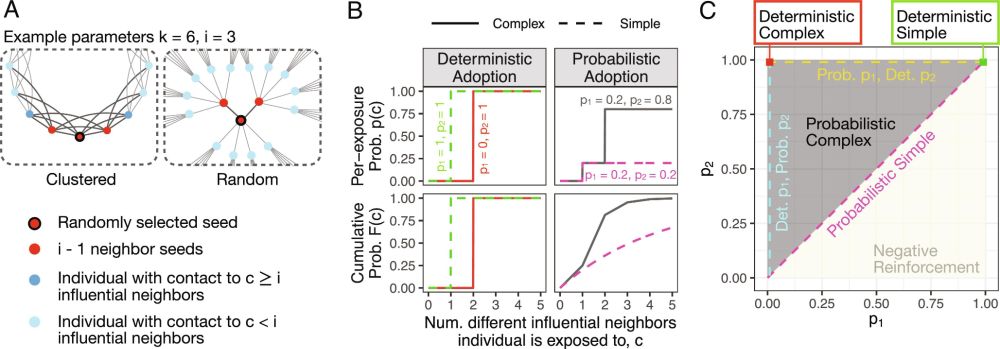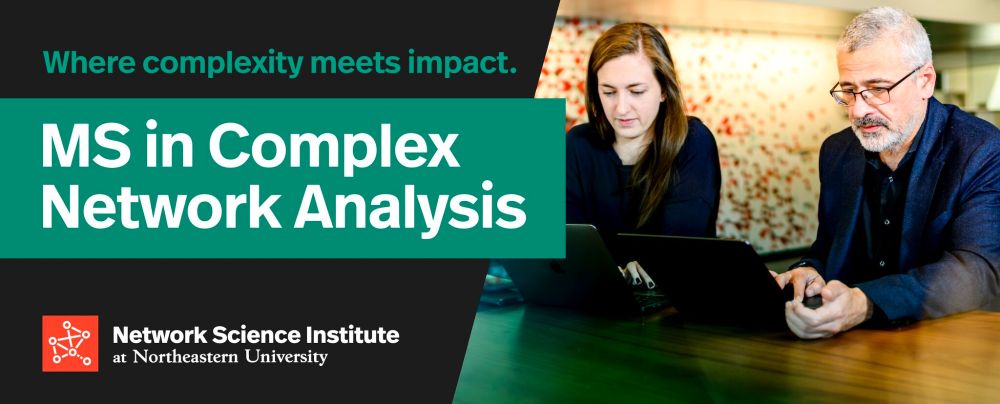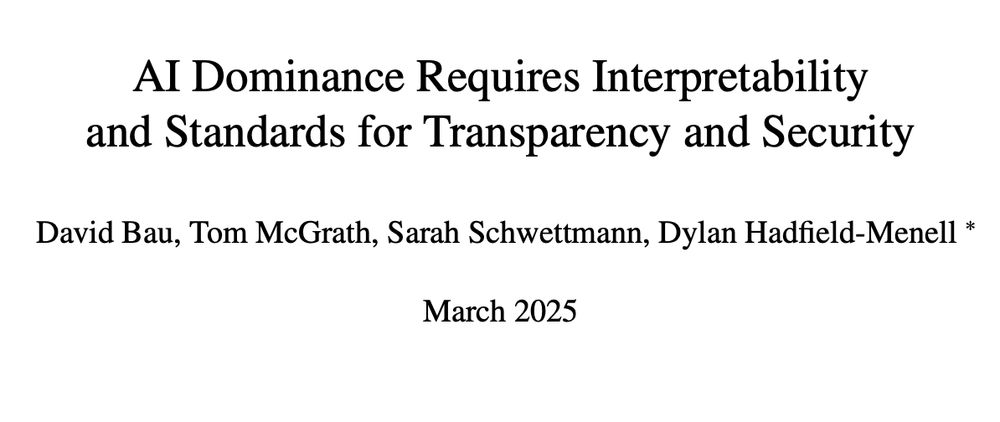Christoph Riedl
@criedl.bsky.social
44 followers
37 following
21 posts
https://www.christophriedl.net/
Posts
Media
Videos
Starter Packs
Pinned
Reposted by Christoph Riedl
Reposted by Christoph Riedl
Reposted by Christoph Riedl
David Lazer
@davidlazer.bsky.social
· Jul 10

Diffusion of complex contagions is shaped by a trade-off between reach and reinforcement | PNAS
How does social network structure amplify or stifle behavior diffusion? Existing theory
suggests that when social reinforcement makes the adoption ...
www.pnas.org
Christoph Riedl
@criedl.bsky.social
· Jul 10
Christoph Riedl
@criedl.bsky.social
· Jul 10
Christoph Riedl
@criedl.bsky.social
· Jul 10
Christoph Riedl
@criedl.bsky.social
· Jul 10
Reposted by Christoph Riedl
Reposted by Christoph Riedl
Reposted by Christoph Riedl
















